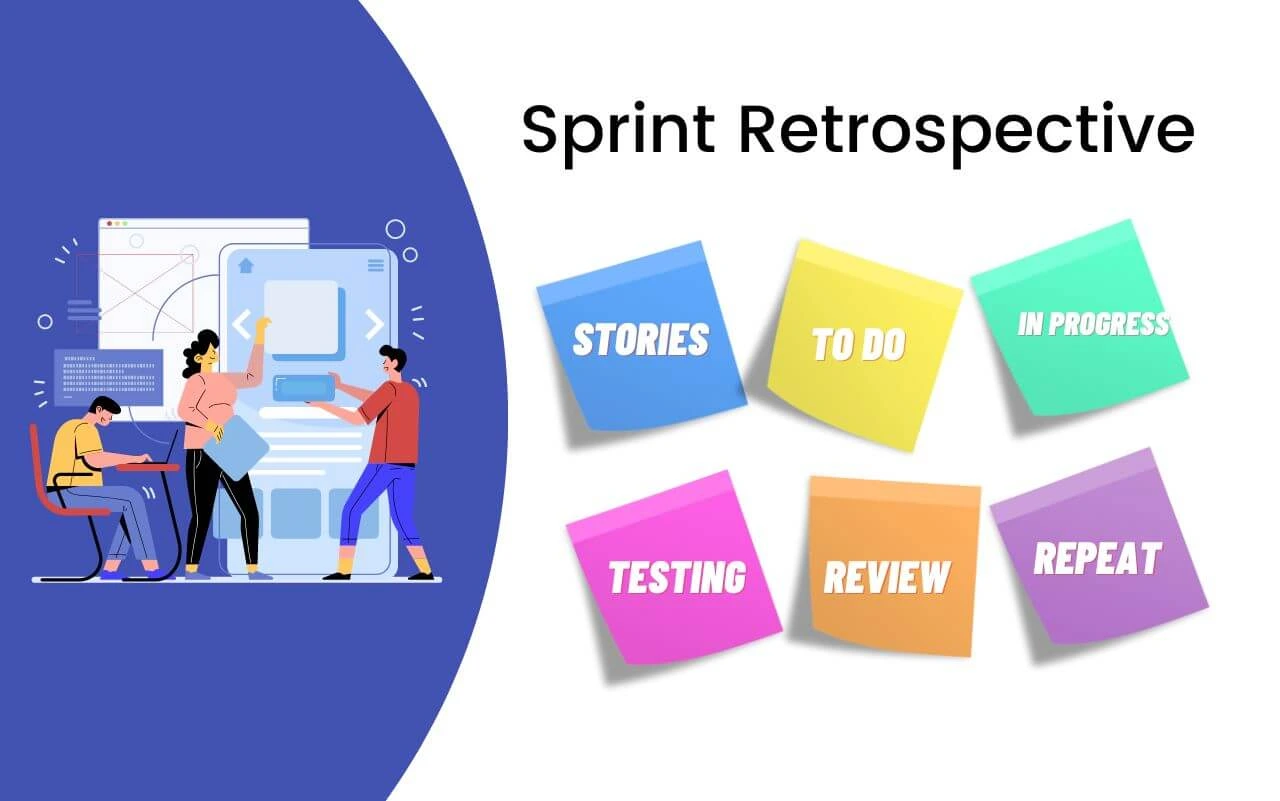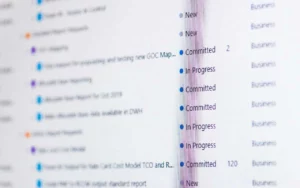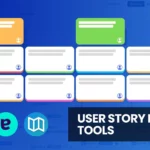Table of Contents
Sprint Retrospective: Improve Project Process Workflow
The sprint retrospective is a key part of the agile process. It’s an opportunity to reflect on how well we execute our sprints and what needs improvement in the next one. The team should set out a small, committed moment after each sprint to reflect on how they are doing and discover methods to improve.
Teams regularly conducting sprint retrospectives exhibit 24% greater responsiveness, 42% greater quality, and 12% less variability.

This article will guide you on what a sprint retrospective is and what activities it includes to make your project successful.
What is a Sprint Retrospective?
A sprint retrospective is a review that helps you identify and prioritize work for the next sprint. It doesn’t just focus on the bigger picture, instead, it informs plans about the execution of upcoming sprints.
Sprint retrospectives also help you measure progress and adjust the execution process depending on the requirement.
A sprint retrospective should address at least two things:
- What was working well? How was this done?
- What wasn’t working well?
How do we know if we are doing our sprint retrospectives effectively? The answer is simple: if they help us improve our process, they are effective! The sharing of retrospective ideas is a big plus of doing sprints retrospective.
Sprint Retrospective Activities
The sprint retrospective is a very important activity in a software project. It is an event where all the team members come together to discuss the progress of their work. The main purpose of this meeting is to get all the team members together so that they can better understand what has been done so far and discuss plans for the project.
There are multiple ways to perform sprint retrospectives, but it always includes some common activities. Let’s have a look over them:
1. Reviewing the Previous Sprints or Releases
This is one of the first things you want to do before starting a new sprint or release. You will review your previous work and see where you need to improve and what needs to be changed/added/deleted at this point. It also helps you understand how much work each person on your team needs to do so that you can plan how much time each person should spend during this sprint or release cycle.
2. Planning for Next Sprints or Releases
After reviewing your previous sprints or releases, you need to work on future processes based on the outcomes of the review (if applicable). This helps you maintain consistency.
Why Are Sprint Retrospectives So Valuable?
Sprint retrospectives are a great way to get to know your team and project. They’re also a great opportunity to reflect on what you’ve learned and how you can apply that knowledge in the future.
Here are some reasons why sprint retrospectives are so valuable:
1. Accountability
They force accountability. When you’re expected to be present for every meeting, it’s easy to forget the things that matter most — like the work you should be doing. Sprint retrospectives push you to be present and pay attention.
2. Identify Problems Early
The surface issues early on. By turning weekly meetings into sprint retrospectives, you can identify problems with your process before they get too big — and fix them before they become roadblocks for your team.
3. Improve the Quality of Delivery
Sprint Retrospectives help us improve our quality of delivery. It’s easy to get complacent when not looking at what we’re doing daily. These assist us to stay on top of that and ensure we deliver value daily.
4. Allow for Faster Feedback
They allow for faster feedback loops between team members and managers/leadership teams so everyone can see what everyone else is doing throughout the entire process (which helps prevent unnecessary bottlenecks.
Sprint Retrospective Meeting
A sprint retrospective meeting is a gathering where the whole team gathers to discuss the progress of the sprint and any issues that need to be addressed.
A sprint retrospective meeting should be interactive and participative. At least one person from each team member should participate in this meeting. They can share their experiences and point out areas where they feel they can improve their work.
This will help them identify areas that need improvement to perform better in future sprints.
Tips For A Successful Sprint Retrospective Meeting
The sprint retrospective meeting is a way for teams to assess their progress, identify gaps and take action on those gaps. It’s an important part of agile project management and can be one of the most stressful parts of an agile project.
Here are some tips on how to make sure your Sprint Retrospective meeting goes well:
- Prepare your materials ahead of time: If you’re doing a sprint retrospective in the middle of a project, prepare all your materials in advance so that everyone has something to look at and talk about during the meeting. This will help prevent any confusion or wasted effort later on. For an effective start, you can try icebreakers.
- Make sure everyone knows what they’re supposed to be doing: The most important thing about this meeting is making sure everyone knows what they’re supposed to do and what they’re going to discuss. If someone can’t remember what they’re supposed to do or hasn’t heard anything about it before today, they shouldn’t attend this.
- Keep it informal: No matter what stage of development your team is in, you must keep things casual, so no one gets upset over issues they didn’t know about until now.
Conclusion
The sprint retrospective is a great way to learn from your mistakes. It also pushes your team to be motivated and excited about what’s coming next.
This meeting is held before the end of the sprint. It allows everyone to share their stories, ideas, and experiences. This helps everyone know what went well during the sprint and how they can improve their work in future sprints.
The Scrum Planning Poker is a great tool for project managers and development teams. Identifying and reconciling risk early on for project managers can help deliver efficient and effective projects. This can help ensure an informed product owner who can make decisions regarding prioritization.












